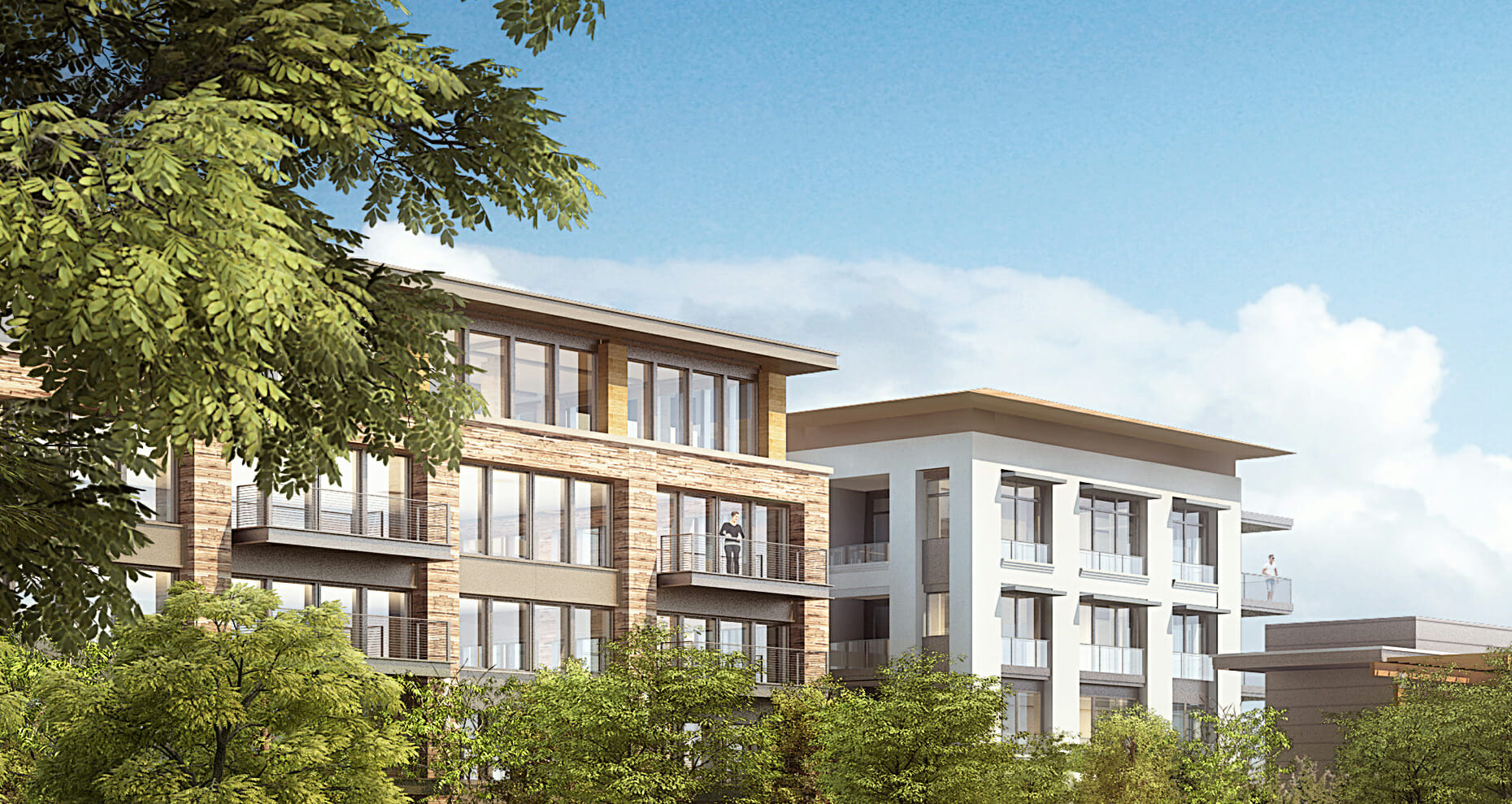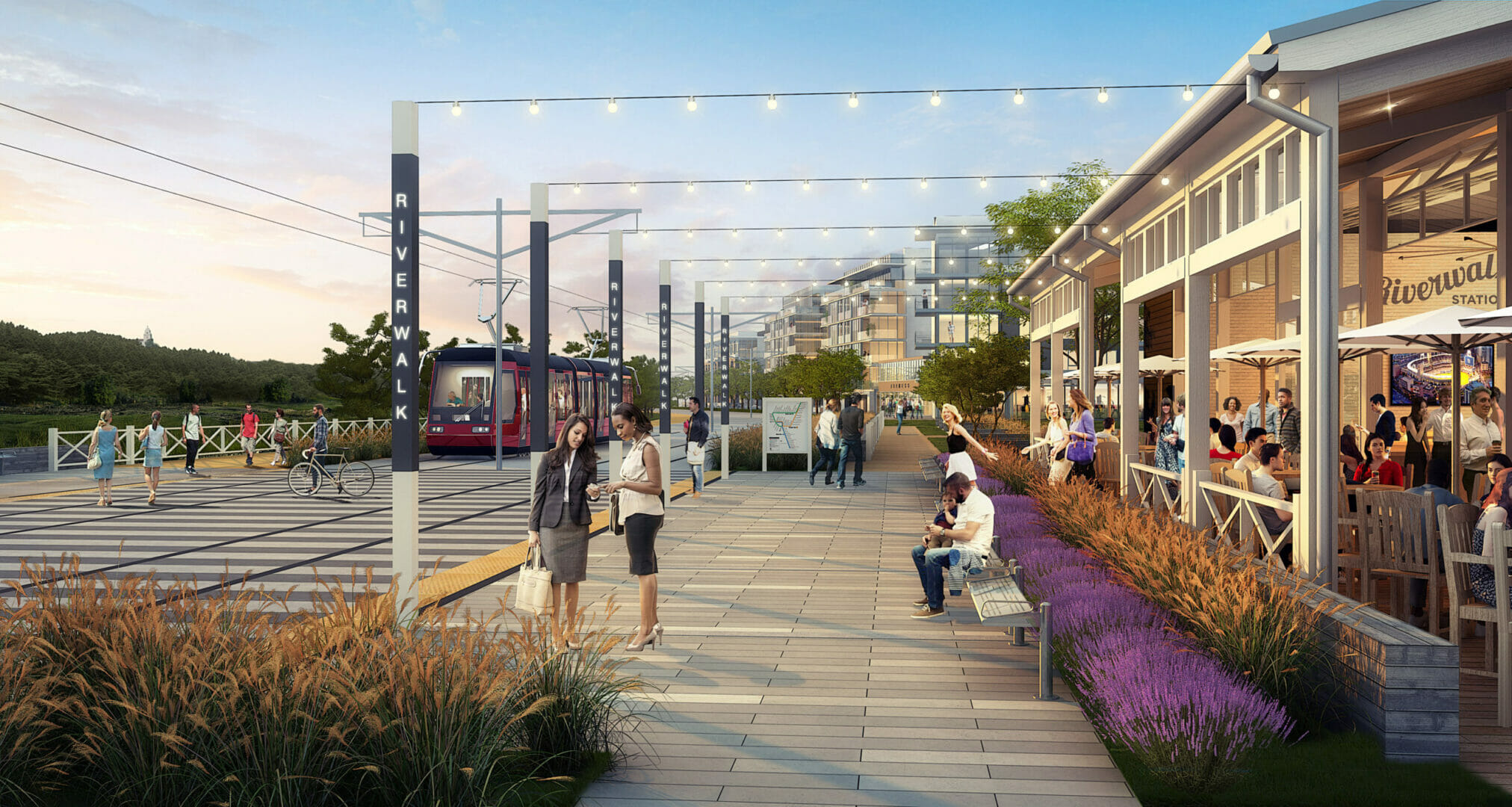By Andrew Keats | Voice of San Diego
As the coronavirus suffocates the regional economy, local governments are trying to keep homebuilding alive, fearing a lull could exacerbate a housing crisis that just weeks ago was the region’s chief economic concern.
The biggest boost to that effort came from Gov. Gavin Newsom’s stay-at-home order last month, in which he included construction, including housing construction, as an essential service, allowing work to continue.
Local governments, though, are largely responsible for keeping the pipeline flowing – from approving new projects and giving developers permits to begin construction, to inspecting construction that’s underway so it can eventually hit the market, or what’s left of it.
The city of San Diego has overhauled its development approval procedures to keep things moving. By the end of the month it could, for the first time, be able to approve all aspects of a project online, obviating the need for developers to print out dozens of oversized plans that can cost thousands of dollars. San Diego County, meanwhile, stopped meeting in person with project applicants on March 20, shifting to a coronavirus-friendly system of picking up and dropping off plans, with teleconferences and phones calls to communicate issues to developers.
City officials say they’ve yet to see a pronounced dip in applications that would indicate the virus has started to affect a housing market that hasn’t produced enough homes to satisfy the region’s needs for decades. County officials say it’s still too early to tell.
Developers and building industry officials, for their part, say they’ve been emboldened by the we’re-all-in-this-together response from city halls across the county.
“I must say, I compliment the cities for putting their best foot forward not to jeopardize anyone’s health, and to put a can-do mentality forward,” said Borre Winckel, president and CEO of the San Diego Building Industry Association. “But things could change on a dime. What we thought was a new way forward could change – I don’t want to go far out other than to be grateful that city halls in general are doing their best.”
It wouldn’t be unprecedented for local governments to take a different approach. San Francisco, for instance, on March 31 limited its list of essential services, including shutting down all construction except on critical infrastructure and affordable housing projects. In Washington, Gov. Jay Inslee likewise excluded residential construction from industries exempt from his stay-at-home order.
Local officials show no signs of considering those options right now, and a spokesperson in the state’s Department of Public Health said only that all construction was deemed essential right now and “appropriate actions will be taken into consideration” as the COVID-19 situation evolves.
But just as businesses and public agencies have stumbled in transitioning to a work-from-home reality, there have been some hiccups in ensuring housing production continues apace.
Andrew Malick, owner of Malick Infill Development, said he has four projects underway, and each has offered a distinct experience.
In National City, he’s building a 127-apartment project aimed at renters from the Navy. It started construction in January and hasn’t missed a beat.
“We were concerned even though we were allowed to build, that a small municipality wouldn’t have staff or protocols in place to react, and that hasn’t been the case,” he said. “National City has been extremely great to work with, kept the same schedules and been generally a joy to deal with.”
Malick has three projects at three different stages in the city of San Diego. Everyone in the city has taken a positive, problem-solving approach amid the dramatic disruptions, he said, but he’s nonetheless running into some delays.
For a project with 82 apartments and some commercial space on El Cajon Boulevard in North Park, for instance, he’s in the final stages, dealing with the last remaining concerns from city reviewers before getting his permits to start construction. Typically at that stage, city staff can run plans from one reviewer to another to resolve any issues all at once. That can’t happen now, “not because the city isn’t eager to solve the problem, but just because it’s logistically difficult,” he said.
Malick said it was hard to say how much that’s delayed the project – the city’s Ash Street fiasco also disrupted its Development Services Department’s operations in the first months of the year. But between the two, it’s pushed the project back about two months. It’s unclear whether he’ll have to change the project or the expected rent for the apartments as a result.
“There’s definitely a ripple effect,” he said. He argued that investment into speculative developments dries up when the economic picture itself is uncertain, especially for projects that haven’t secured their permits yet.
Another Malick project – 310 low-income apartments and 90 for middle-income residents on MTS property, with nonprofit developer National CORE – was also delayed after one project reviewer had to deal with a non-COVID-19 illness, leaving him without feedback on that staffer’s area.
But Malick said he was also told that the coronavirus played a role in a delay he’s seen with a project he’s working on in Bay Park, at the future trolley stop on Clairemont Drive. His team created a document demonstrating that they don’t need to prepare an environmental review under CEQA, the state’s landmark environmental law – the first project in San Diego to take advantage of a recent state law expanding the number of projects that can avoid the review in a bid to make it easier to build dense housing near transit – but the City Council needs to sign off on it first.
So far, they can’t get on the agenda to get that exemption, Malick said, due to a coronavirus-induced bottleneck in publishing public notices for such projects before they can be put on the agenda for a City Council meeting.
“We’re the first ones to go through this process, so it’s already complicated,” Malick said. “This makes it three times as complicated in a time like this. We’ve had tremendous traction from everyone involved, it’s just we can’t all get in a room together and logistically get it figured out. Everybody is doing their job, they’re just doing it a little slower than they normally would.”
The city’s Development Services Department, meanwhile, has shaken up its processes to limit experiences like this as much as possible. Developers now drop off projects in an empty, secured room, where they sit for 24 hours before a staffer brings them up for review. They’re similarly quarantined on the way back to developers, too. Nearly 90 percent of DSD is working right now, with a little over half of those still reporting to the office. Staffers who telecommute often come to the office after hours, pick up plans, mark them up at home and bring them back to be dropped off for applicants later. They’re organizing Skype and Zoom calls to talk through any issues.
One complicated project the department must handle, Riverwalk, would redevelop the Mission Valley golf course into thousands of homes and new outdoor and commercial space situated around the nearby Green Line trolley stop. It requires full amendments to the adopted development plans in the area, a lengthy process that developers hope to complete by the end of the year.
Peter Shearer, project manager for Riverwalk, said they’ve been working with the city to prepare the environmental review required to eventually make those amendments, with eyes on releasing it in late spring. He said they’ve been exchanging documents back and forth and meeting on Zoom and steadily making progress.
“We were concerned this wouldn’t go smoothly, because it’s been a radical change for everybody, but I’ve been very impressed by DSD’s ability to handle this discretionary process in light of everything,” Shearer said. “With the entitlement process as involved and complex as it is, we’re hopeful and optimistic that this health scare is something we can get through prior to starting construction on Riverwalk. That’s a testament to how long it takes to get things approved in California, but I’ll reiterate that DSD has really exceeded expectations.”
J.C. Thomas, assistant director for Development Services, said the department received about 2,500 projects for review in March, down from its typical level around 3,000 submissions in a given month, but within the realm of typical month-to-month fluctuations.
But DSD’s biggest changes are coming soon.
“We’re looking at advancing digital, electronic plan and permit submittal for all plans and projects,” said J.C. Thomas, assistant director for Development Services. “We’re hoping to have the tool available by the end of April — hopefully much sooner than the end of the month. Everything will be done through the website. We had been working on project to roll out online submittal later in the year. We had to accelerate that with COVID-19. We put out the plan faster than expected, but we know this is best for our customers.”
Malick said that would be a game-changer.
“This is forcing the city to accept plans digitally and get us out of the stone age,” he said. “As a developer, you can pay $25,000 on just printing fees on larger projects. It was so inefficient. Now, to go digital, it would be huge. It sounds like this is the thing they needed to go fully digital. That honestly would be incredible.”
As cities work to triage projects in construction and those trying to get approved, it’s still not clear how or how much the coronavirus will impact housing production over time.
Lynn Reaser, the chief economist at Point Loma Nazarene University who has studied the effects of local regulations on housing development, said she doesn’t anticipate any long-term effect from the virus on housing production, with demand remaining strong next year unless there still is not a vaccine. Local opposition and the time it takes to get a project approved normally are likely to remain the primary obstacles.
In the short term, she said, projects already underway should be fine, though construction could slow somewhat as contractors implement procedures to keep workers a safe distance from one another.
“The pipeline of new projects is likely to slow substantially,” Reaser said. “Builders and developers, as with most industries, will be focusing on building up cash reserves. They will be reluctant to start new projects in an environment where potential homeowners are reluctant to assume any new major financial commitments. Lenders will also be reluctant to put their money at risk at a time when the duration of the economic downturn is uncertain. If the economy starts to recover this summer, there is likely to be a significant upturn in building later this year although it might not be enough to offset the downturn experienced this spring.”
As one indication of the immediate effect on the industry, Reaser pointed to the lumber industry’s recent decision to cut production, leading to a sharp drop in the price of lumber futures.
Indeed, Ray Major, the chief economist at SANDAG, found a 50 percent decline in sales for wholesale construction materials in a survey he put together.


